ReefLine is driven by a multidisciplinary collective of marine biologists, coastal engineers, designers, artists, and environmental experts who apply cutting-edge scientific research, advanced marine technologies, and best practices in hybrid reef construction to enhance and safeguard marine and coastal ecosystems along Miami Beach.
Our approach integrates high-performance, sustainable materials with innovative 3D-printed structures specifically optimized for coral attachment, marine colonization, and long-term ecological function. By incorporating the best in engineering and biomimetic design for bio-habitats, these modular reef systems provide ideal conditions for biodiversity to flourish.
At the heart of this process is our Miami Native Coral Lab, a research and development hub where science, technology, and creativity converge to test new materials, monitor environmental performance, and accelerate coral restoration.
Leveraging blue tech innovations, REEFLINE ensures that every intervention is data-informed, ecologically responsive, and scalable. By fusing art, science, and design through a rigorously informed, site-specific methodology, REEFLINE sets a new standard for environmentally integrated infrastructure—one that supports marine biodiversity, and invites the public into a deeper relationship with the ocean.
Behind the Science
ReefLine is founded on the principle that artistic creation can serve as a catalyst for nature-positive technoscientific innovation—and for mobilizing the financial investments needed to drive it. By uniting cultural ambition with ecological urgency, ReefLine reframes environmental restoration as a site of creativity, experimentation, and civic imagination.
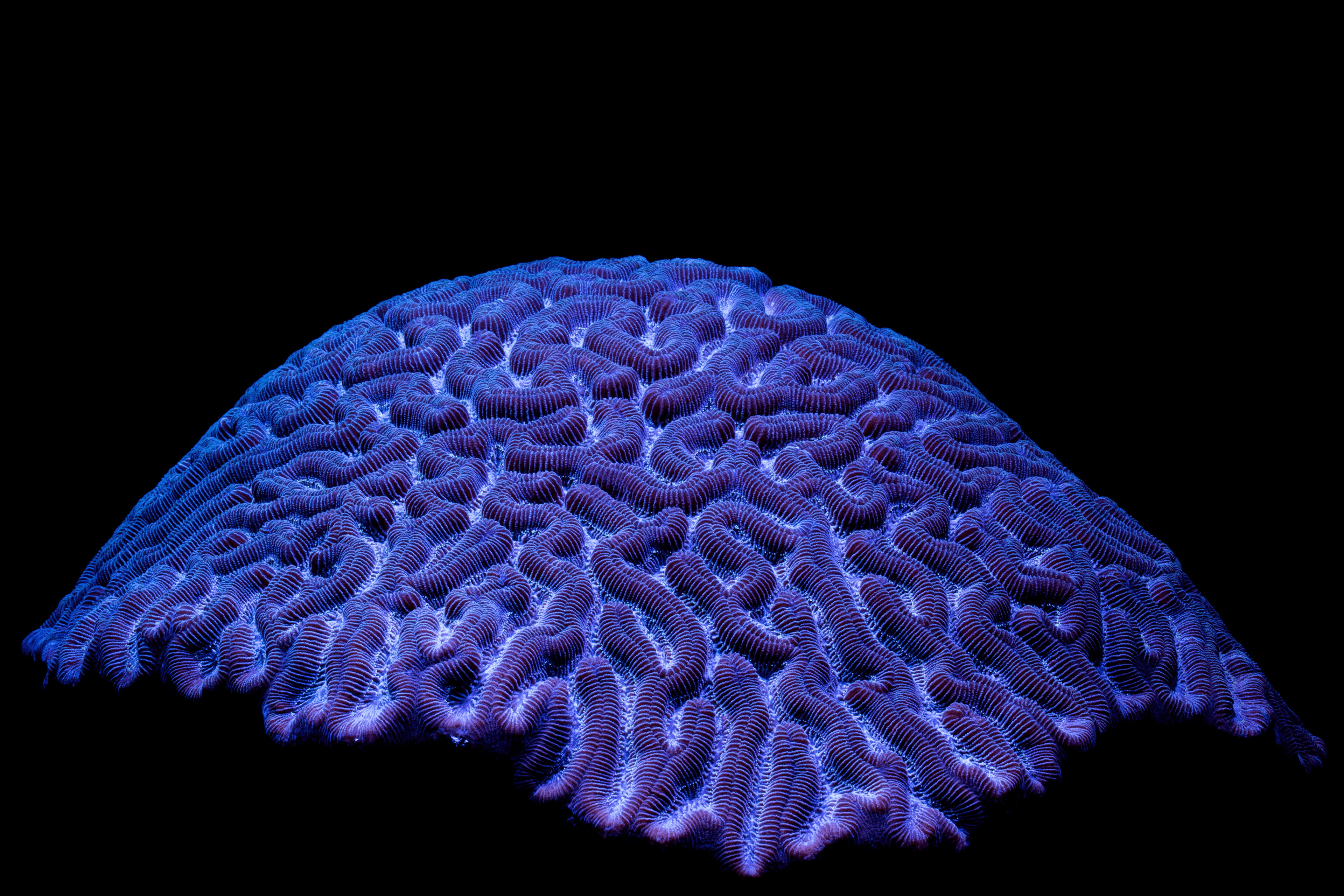
Coral Morphologic
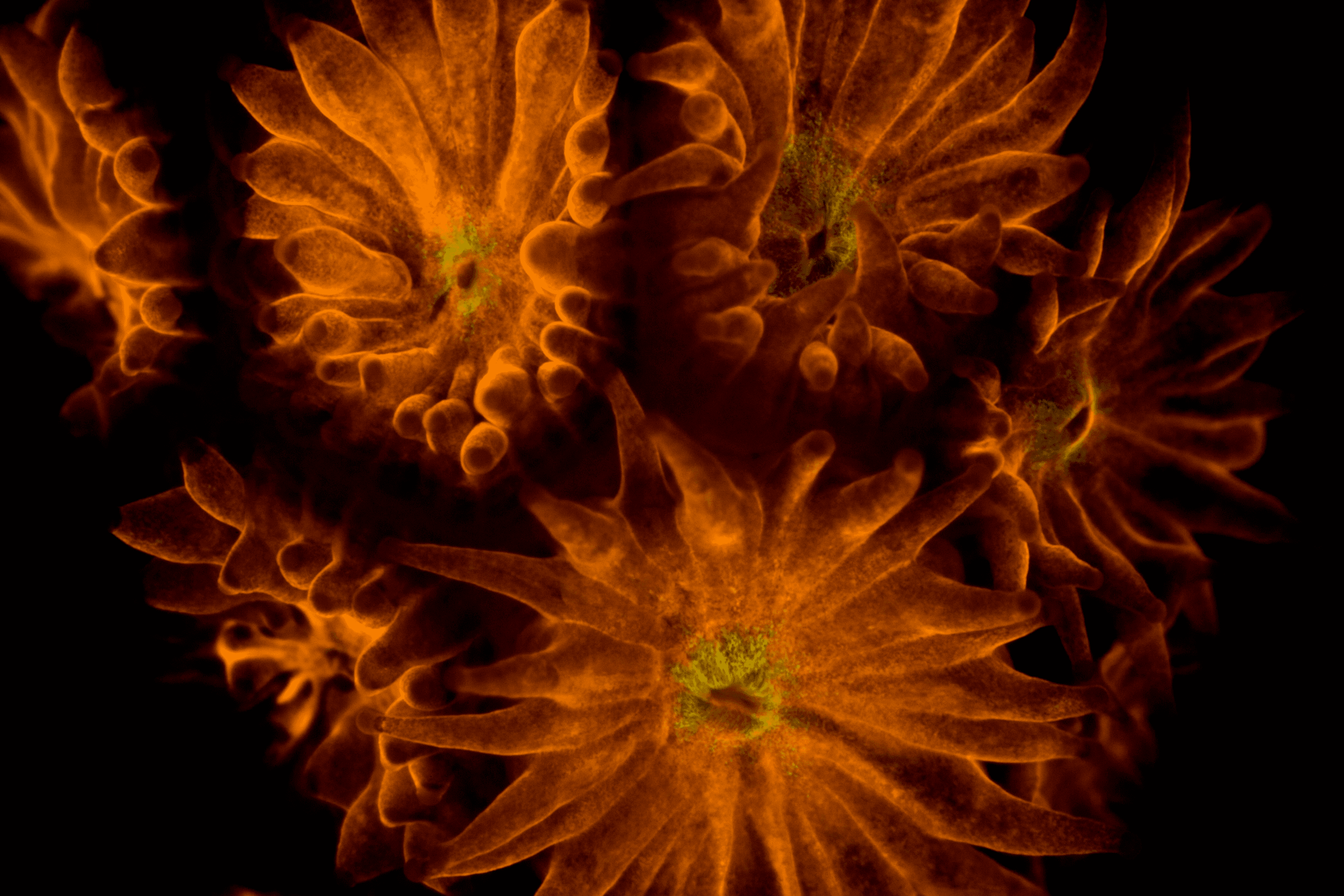
Coral Morphologic
The allure of high culture alone could transform ReefLine into the world’s most visited purpose-built reef, positioning Miami Beach as a global model for climate-forward public infrastructure. This visibility has the power to unlock significant economic growth through marine ecotourism, attracting both public and private investment. These resources would directly support enhanced ecological monitoring, resilience testing, coral out-planting initiatives, living lab development, and continuous technological advancement.
At its core, ReefLine is also a platform for collaborative research and innovation—connecting universities, oceanographers, artists, and engineers in an open framework where knowledge is shared and scaled. As a replicable model, it offers global coastal communities a blueprint for integrating science, culture, and public engagement into regenerative marine infrastructure.
Ultimately, what begins as art beneath the waves becomes a living engine of ecological recovery, social investment, and scientific possibility.
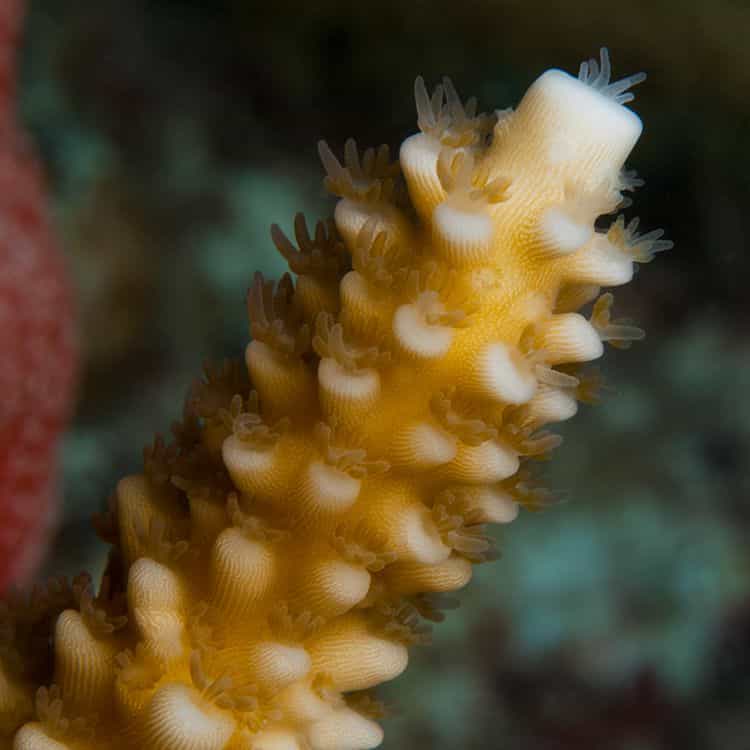
Coral Morphologic
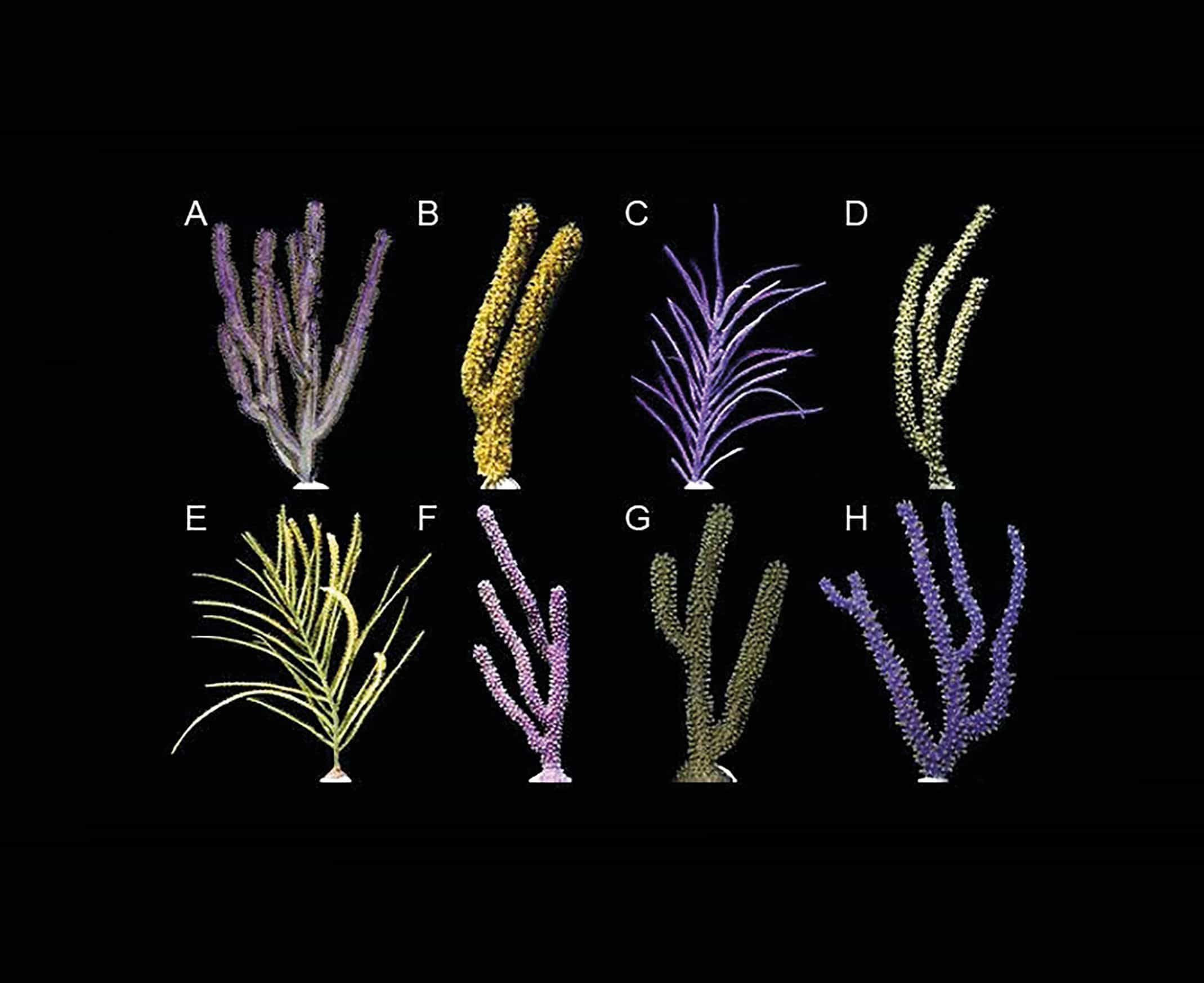
Coral Morphologic
Coral Lab
ReefLine operates The Miami Native Coral Lab, dedicated to safeguarding, regenerating and reproducing marine life. By nurturing native coral species, it will contribute to reef regeneration and strengthen the resilience of our coastal ecosystems. Currently growing 2,200 resilient corals, the ambition is to plant one million corals across The ReefLine, solidifying our commitment to large-scale marine restoration.
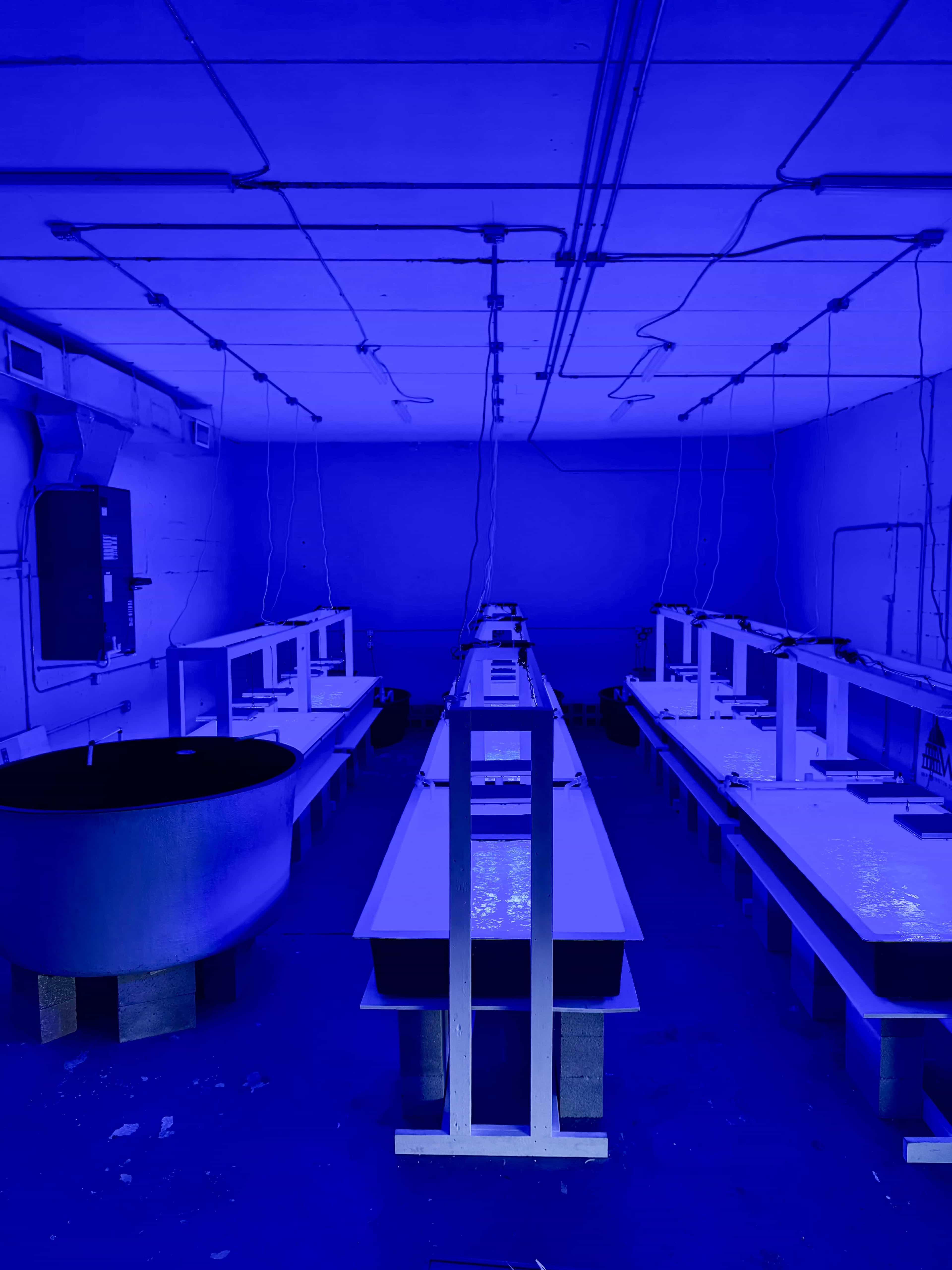
Through innovative research and propagation techniques, the lab will support the long-term health of Miami Beach’s marine environment. More than a conservation initiative, it will become a landmark for eco-tourism—offering visitors a unique opportunity to engage with cutting-edge restoration efforts and witness the beauty of coral reefs up close.
“The Miami Native Coral Lab will grow resilient corals of opportunity for transplanting onto The ReefLine sculptures and habitat modules, making it one of the largest hybrid reef projects in the world. Using urban corals that have demonstrated resistance to bleaching and disease, the Miami Native Coral Lab will amplify thousands of corals each year to rebuild reef habitat that has been lost over the decades offshore Miami Beach.”
–Colin Foord, Marine Biologist & Director of Science.
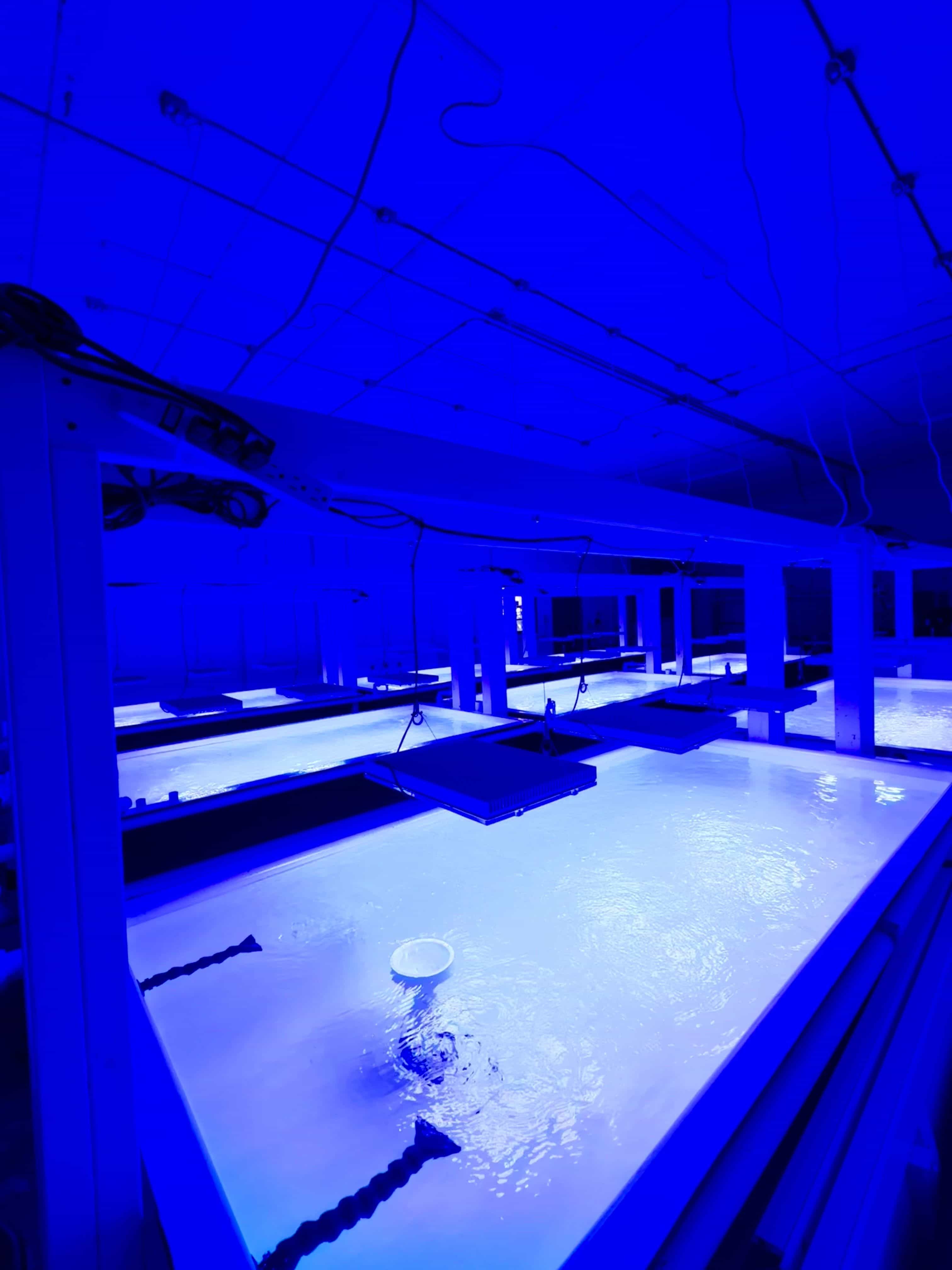
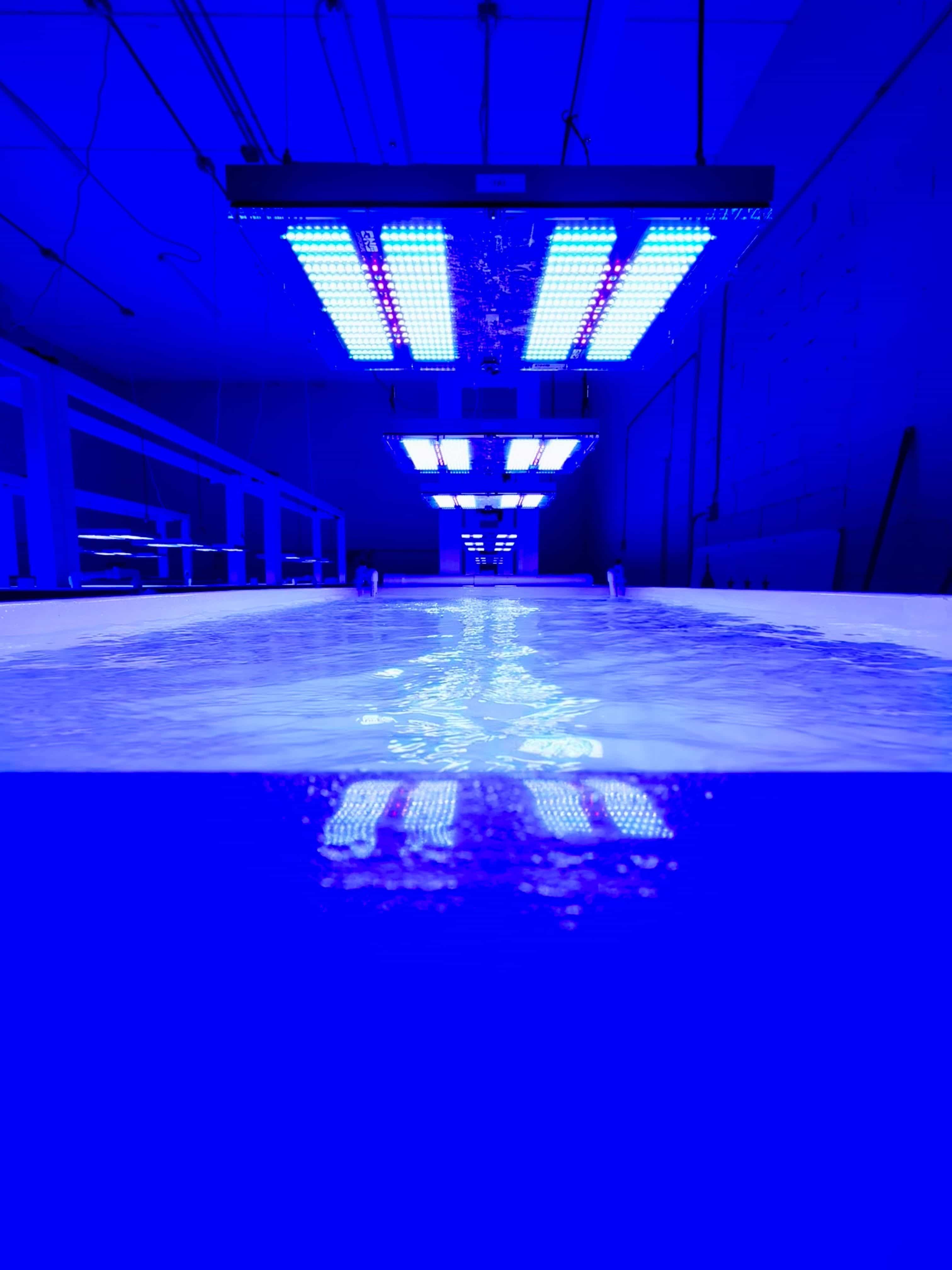
Blue Tech
ReefLine incorporates cutting-edge technologies and materials, including proprietary solutions like Coral Loks™ by Reef Cells, that allow rapid coral transplantation, LED lighting technology for coral aquaculture and induction of spawning.
All installations will be crafted from marine-grade, pH-neutral concrete engineered to withstand ocean conditions and provide ideal surfaces for coral attachment. Our fabrication methods include mold casting, which minimizes material waste, and 3D printing, which enhances efficiency by reducing material use, lowering the carbon footprint and improving surface texture for colonization by corals and marine life.
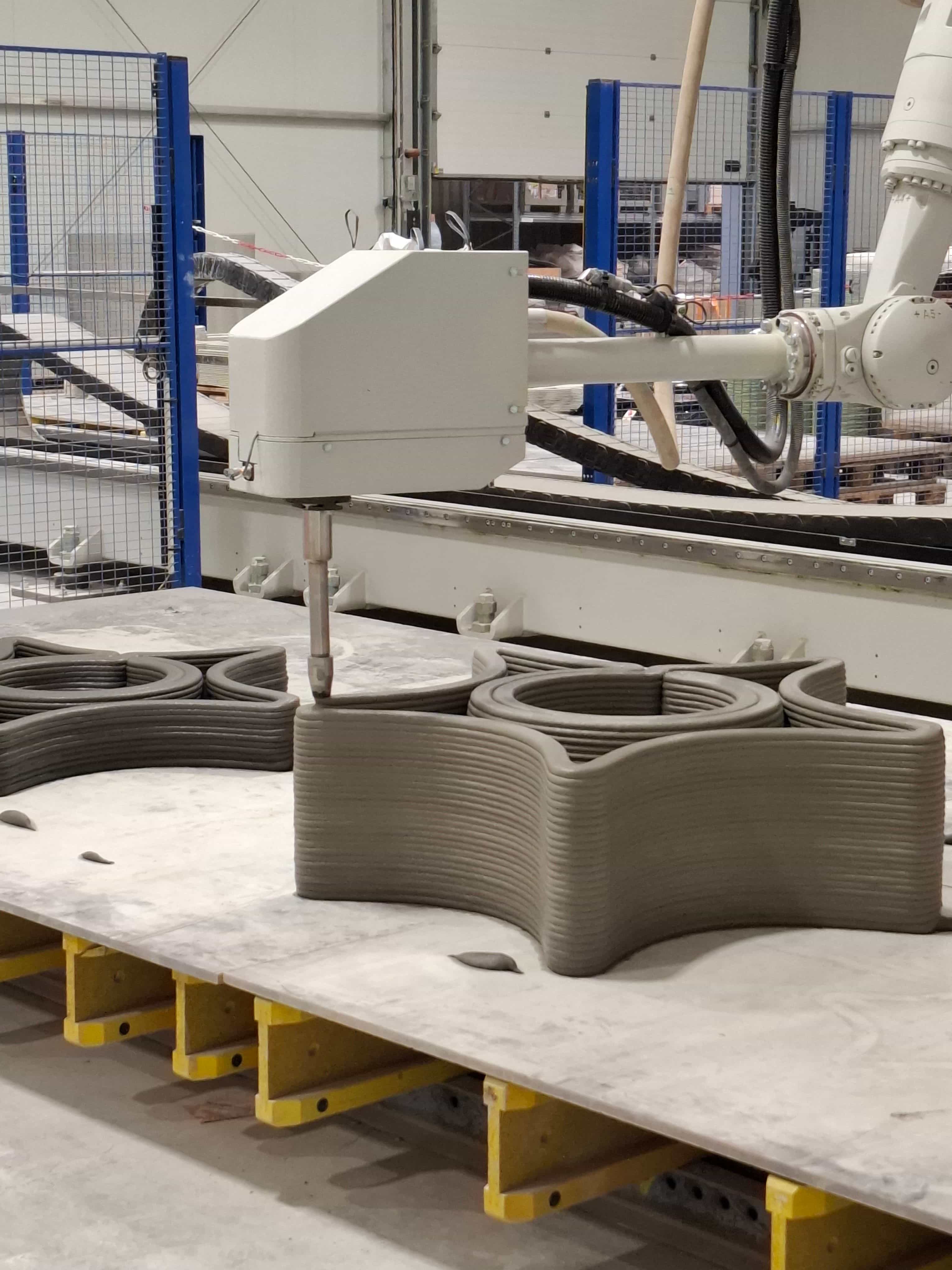

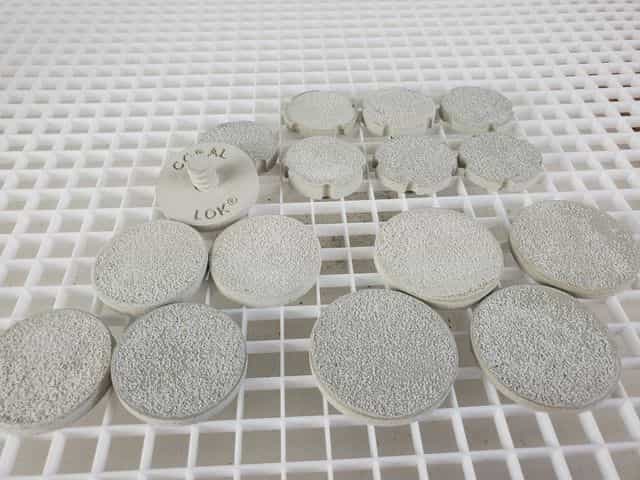
Other Resources
Peer-reviewed papers about the benefits of hybrid reefs, including hybrid structures that combine both hybrid elements and natural coral:
- Coral reef restoration can reduce coastal contamination and pollution hazards, Rottmueller, Storlazzi, & Frick, 2025
- Meta-Analysis of Fish Communities on Artificial vs. Natural Reefs, Paxton et al., 2020 via USGS
Scientific Papers on Miami’s Resilient Urban Corals Co-Authored with Colin Foord - Coral Morphologic:
ReefLine is driven by a multidisciplinary collective of marine biologists, coastal engineers, designers, artists, and environmental experts who apply cutting-edge scientific research, advanced marine technologies, and best practices in hybrid reef construction to enhance and safeguard marine and coastal ecosystems along Miami Beach.
Our approach integrates high-performance, sustainable materials with innovative 3D-printed structures specifically optimized for coral attachment, marine colonization, and long-term ecological function. By incorporating the best in engineering and biomimetic design for bio-habitats, these modular reef systems provide ideal conditions for biodiversity to flourish.
At the heart of this process is our Miami Native Coral Lab, a research and development hub where science, technology, and creativity converge to test new materials, monitor environmental performance, and accelerate coral restoration.
Leveraging blue tech innovations, REEFLINE ensures that every intervention is data-informed, ecologically responsive, and scalable. By fusing art, science, and design through a rigorously informed, site-specific methodology, REEFLINE sets a new standard for environmentally integrated infrastructure—one that supports marine biodiversity, and invites the public into a deeper relationship with the ocean.
Behind the Science
ReefLine is founded on the principle that artistic creation can serve as a catalyst for nature-positive technoscientific innovation—and for mobilizing the financial investments needed to drive it. By uniting cultural ambition with ecological urgency, ReefLine reframes environmental restoration as a site of creativity, experimentation, and civic imagination.

Coral Morphologic

Coral Morphologic
The allure of high culture alone could transform ReefLine into the world’s most visited purpose-built reef, positioning Miami Beach as a global model for climate-forward public infrastructure. This visibility has the power to unlock significant economic growth through marine ecotourism, attracting both public and private investment. These resources would directly support enhanced ecological monitoring, resilience testing, coral out-planting initiatives, living lab development, and continuous technological advancement.
At its core, ReefLine is also a platform for collaborative research and innovation—connecting universities, oceanographers, artists, and engineers in an open framework where knowledge is shared and scaled. As a replicable model, it offers global coastal communities a blueprint for integrating science, culture, and public engagement into regenerative marine infrastructure.
Ultimately, what begins as art beneath the waves becomes a living engine of ecological recovery, social investment, and scientific possibility.

Coral Morphologic

Coral Morphologic
Coral Lab
ReefLine operates The Miami Native Coral Lab, dedicated to safeguarding, regenerating and reproducing marine life. By nurturing native coral species, it will contribute to reef regeneration and strengthen the resilience of our coastal ecosystems. Currently growing 2,200 resilient corals, the ambition is to plant one million corals across The ReefLine, solidifying our commitment to large-scale marine restoration.

Through innovative research and propagation techniques, the lab will support the long-term health of Miami Beach’s marine environment. More than a conservation initiative, it will become a landmark for eco-tourism—offering visitors a unique opportunity to engage with cutting-edge restoration efforts and witness the beauty of coral reefs up close.
“The Miami Native Coral Lab will grow resilient corals of opportunity for transplanting onto The ReefLine sculptures and habitat modules, making it one of the largest hybrid reef projects in the world. Using urban corals that have demonstrated resistance to bleaching and disease, the Miami Native Coral Lab will amplify thousands of corals each year to rebuild reef habitat that has been lost over the decades offshore Miami Beach.”
–Colin Foord, Marine Biologist & Director of Science.


Blue Tech
ReefLine incorporates cutting-edge technologies and materials, including proprietary solutions like Coral Loks™ by Reef Cells, that allow rapid coral transplantation, LED lighting technology for coral aquaculture and induction of spawning.
All installations will be crafted from marine-grade, pH-neutral concrete engineered to withstand ocean conditions and provide ideal surfaces for coral attachment. Our fabrication methods include mold casting, which minimizes material waste, and 3D printing, which enhances efficiency by reducing material use, lowering the carbon footprint and improving surface texture for colonization by corals and marine life.



Other Resources
Peer-reviewed papers about the benefits of hybrid reefs, including hybrid structures that combine both hybrid elements and natural coral:
- Coral reef restoration can reduce coastal contamination and pollution hazards, Rottmueller, Storlazzi, & Frick, 2025
- Meta-Analysis of Fish Communities on Artificial vs. Natural Reefs, Paxton et al., 2020 via USGS
Scientific Papers on Miami’s Resilient Urban Corals Co-Authored with Colin Foord - Coral Morphologic: